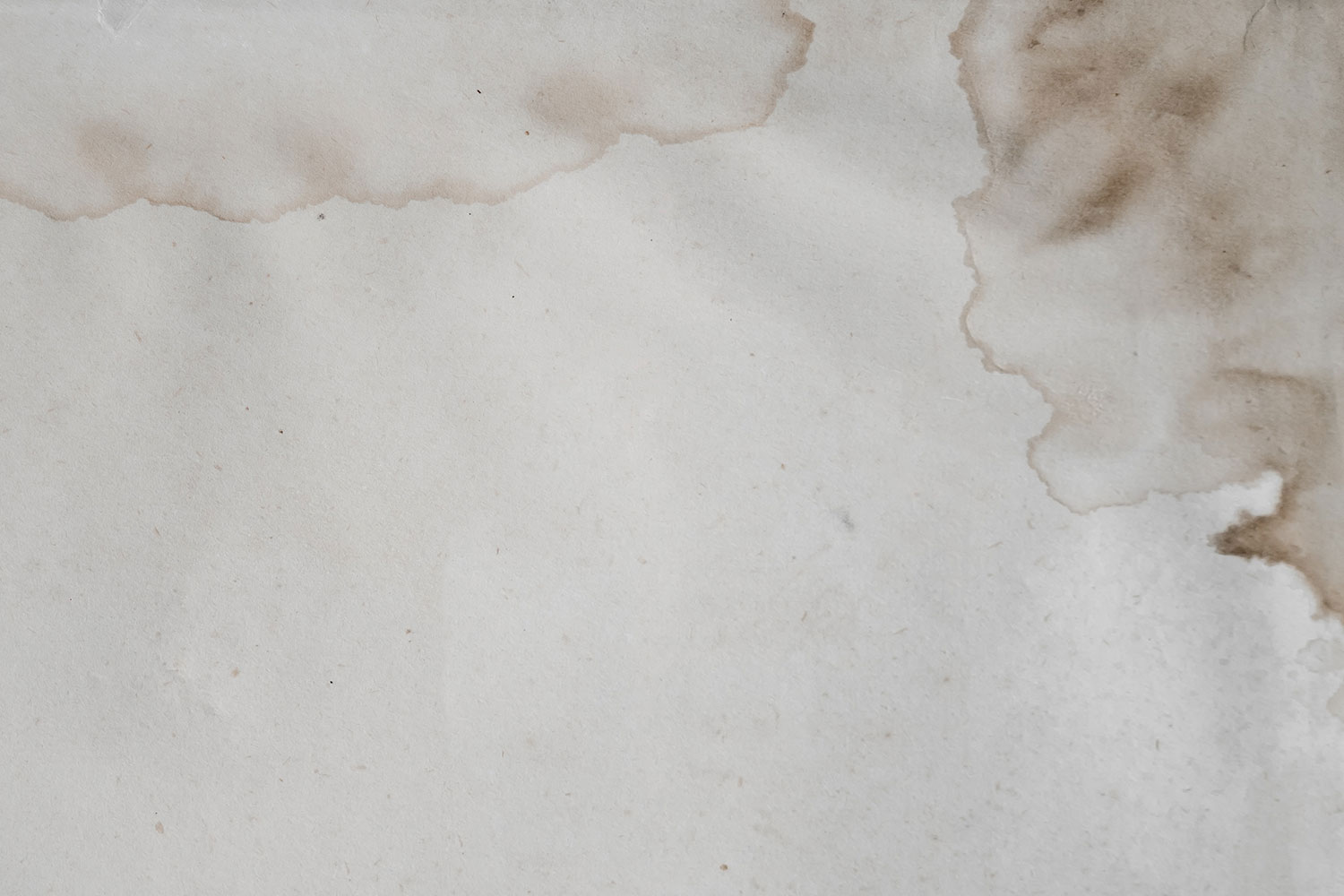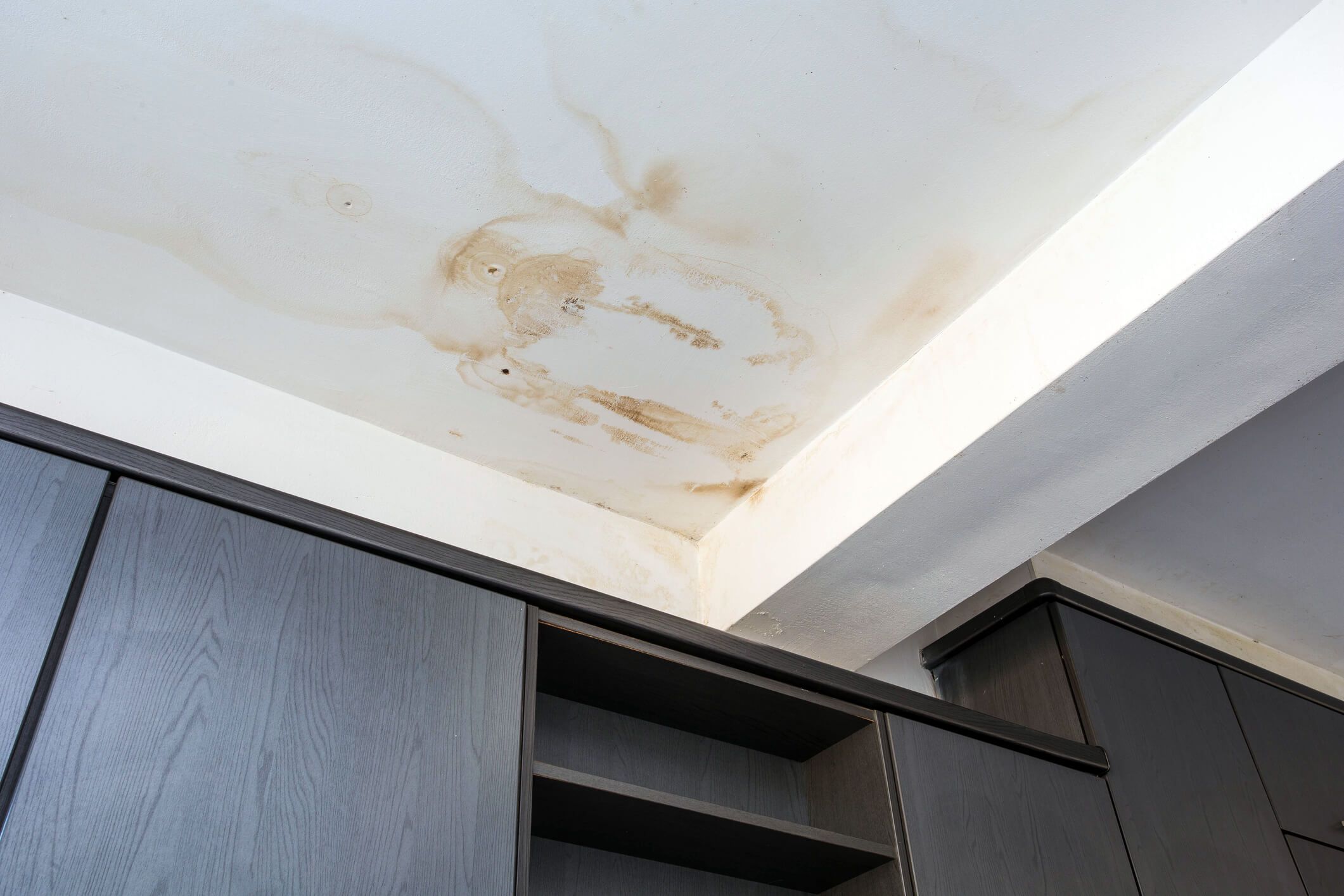Identifying the Source of the Leak: Water Leaking From Bathroom To Ceiling

Locating the source of a bathroom leak that has caused ceiling damage is crucial for effective repair. This involves systematically examining the bathroom for signs of leaks and using specialized tools to pinpoint the exact location of the water intrusion.
Visual Inspection
A thorough visual inspection of the bathroom can reveal the source of the leak. Look for signs of dampness, discoloration, or visible water dripping.
- Dampness: Feel the walls, floor, and ceiling for any areas that feel unusually damp or wet. This could indicate a leak that has been present for some time.
- Discoloration: Look for discoloration on walls, ceilings, or around fixtures. Water stains can appear as dark patches, streaks, or a general darkening of the surface.
- Visible Water Dripping: Observe if any water is visibly dripping from pipes, fixtures, or other areas in the bathroom. This is a clear indication of an active leak.
Using a Moisture Meter
A moisture meter is a valuable tool for pinpointing the exact location of a leak. It measures the moisture content of materials, allowing you to identify areas of high moisture concentration.
- Moisture Meter Operation: Moisture meters typically have two probes that are placed on the surface being tested. The meter then displays a reading indicating the moisture level.
- Identifying the Leak: By systematically scanning the bathroom with a moisture meter, you can pinpoint areas of high moisture that correspond to the location of the leak.
Troubleshooting Common Leak Points

Once you’ve pinpointed the general area of the leak, it’s time to investigate specific fixtures and components within your bathroom. Identifying the exact source of the leak is crucial for effective repair.
Faucets
Faucets are common culprits for bathroom leaks. Over time, wear and tear can lead to leaks in the faucet’s internal components, such as the cartridge, o-rings, or washers.
- Inspect the faucet’s base: Look for any signs of moisture or dripping around the base of the faucet. If you see water droplets or signs of corrosion, it could indicate a leak in the faucet’s internal components.
- Test the faucet’s handle: Turn the faucet on and off. If the handle feels loose or wobbly, it might be a sign of a worn-out cartridge or a loose connection. Listen for any dripping or hissing sounds when the faucet is off.
- Check for leaks in the spout: Examine the spout carefully for any signs of dripping or leaking. If you notice water leaking from the spout when the faucet is off, it could indicate a worn-out washer or a faulty o-ring.
Showerheads
Showerheads can also develop leaks, usually due to mineral buildup, worn-out seals, or a faulty diverter valve.
- Inspect the showerhead for leaks: Look for any signs of dripping or leaking from the showerhead itself or from the pipe connecting the showerhead to the wall.
- Check the showerhead’s spray pattern: If the showerhead’s spray pattern is uneven or weak, it could indicate a buildup of mineral deposits or a worn-out spray nozzle.
- Test the showerhead’s diverter valve: If you have a multi-function showerhead with a diverter valve, check for leaks when switching between different spray settings.
Pipes
Leaks in pipes can occur due to corrosion, cracks, or loose connections.
- Inspect visible pipes: Look for any signs of moisture, rust, or corrosion on exposed pipes in your bathroom. Pay close attention to areas where pipes connect to fixtures or walls.
- Listen for leaks: Listen carefully for any hissing or dripping sounds coming from your pipes, especially when the water is running.
- Check for leaks at pipe joints: Examine pipe joints for signs of moisture, rust, or corrosion. If you notice any of these signs, it could indicate a leak at the joint.
Toilet Tanks
Toilet tanks are notorious for leaks, often due to a faulty flapper, fill valve, or overflow tube.
- Check the flapper: Observe the water level in the toilet tank. If the water level is constantly decreasing, even when the toilet is not being used, it could indicate a leaking flapper. A simple test is to add food coloring to the tank water and check the bowl after 30 minutes. If you see colored water in the bowl, it confirms a flapper leak.
- Inspect the fill valve: The fill valve controls the water level in the tank. If the fill valve is leaking, you’ll hear a constant dripping sound from the tank. You can also check for any visible leaks around the fill valve itself.
- Examine the overflow tube: The overflow tube prevents the tank from overflowing. If the overflow tube is blocked or damaged, water can leak from the tank into the bowl.
Bathroom Fixture Leak Comparison Table
| Fixture | Potential Leak Sources |
|---|---|
| Faucets | Cartridge, o-rings, washers, spout, base |
| Showerheads | Mineral buildup, seals, diverter valve |
| Pipes | Corrosion, cracks, loose connections, joints |
| Toilet Tanks | Flapper, fill valve, overflow tube |
Repairing the Leak

Once you’ve identified the source of the leak, you can begin the repair process. This involves addressing the specific problem, whether it’s a faulty faucet, a cracked pipe, or a leaking toilet. It’s important to understand the steps involved in repairing common bathroom leaks to prevent further damage and ensure a safe and functional bathroom.
Shutting Off the Water Supply
Before attempting any repairs, it’s crucial to shut off the water supply to the bathroom. This prevents further water damage and ensures your safety while working.
- Locate the main water shut-off valve for your home. This is typically found near the water meter or in the basement.
- Turn the valve clockwise to shut off the water supply. You’ll hear a clicking sound as the valve closes.
- Once the water is shut off, run the faucets in the bathroom to drain any remaining water in the pipes.
Replacing Faucet Washers
Leaky faucets are a common bathroom problem. A worn-out washer is often the culprit.
- Turn off the water supply to the faucet. You’ll usually find a shut-off valve underneath the sink.
- Unscrew the faucet handle and remove it.
- Locate the stem, which is the vertical part of the faucet. The washer is typically located at the bottom of the stem.
- Remove the old washer and replace it with a new one of the same size and material.
- Reassemble the faucet and turn the water supply back on. Check for any leaks.
Tightening Pipe Connections
Loose pipe connections can also cause leaks.
- Locate the leaking connection. You may need to use a wrench to tighten the connection.
- Use a pipe wrench to tighten the connection, but be careful not to overtighten, which could damage the pipe.
- Once the connection is tightened, check for leaks. If the leak persists, you may need to replace the pipe fitting.
Sealing Cracks
Cracks in pipes or fixtures can lead to leaks.
- Clean the area around the crack with a damp cloth.
- Apply a sealant specifically designed for plumbing repairs. Ensure the sealant is compatible with the material of the pipe or fixture.
- Let the sealant dry completely before turning the water back on.
Replacing a Leaky Toilet Tank or Flapper, Water leaking from bathroom to ceiling
A leaky toilet tank can waste a significant amount of water. Replacing the flapper or the entire tank may be necessary.
- Turn off the water supply to the toilet by turning the valve located behind the toilet clockwise.
- Flush the toilet to empty the tank and bowl.
- If replacing the flapper, remove the old flapper by lifting it out of the tank. Install the new flapper, ensuring it’s properly seated and the chain is attached to the flush lever.
- If replacing the tank, remove the old tank by disconnecting the water supply line and the bolts that attach it to the bowl. Install the new tank, connecting the water supply line and bolts.
- Turn the water supply back on and check for leaks.
